Skip the Tourist Traps: 5 Underrated Japanese Gems You Can’t Afford to Miss
A truly unique trip just requires a bit of imagination and a train out of Tokyo...
My Top 5 Criminally Underrated Destinations
If you’ve been watching my YouTube channel for any length of time, you’ll know that I like to talk about hidden gems. Cities that don’t get the visitors they deserve, attractions that pull in shockingly small crowds - really, anything outstanding that doesn’t have a queue.
So this month, I’m focusing on 5 extremely overlooked cities or areas you could call buried treasure. Apart from being incredible, all the places have enough to see that you could easily fill 3 days there - and often longer than that! They’re also off the beaten track, so you’re unlikely to run into the types of crowds that everyone complains about these days.
Biei and Furano
Just a couple of hours from Sapporo into the heart of Japan’s northernmost island, Biei and Furano are the stars of any summer in Hokkaido. Like much of this region, Biei and Furano are dominated by agriculture. The result, along with all the produce of course, is picture-perfect scenery to die for. This is why many of the landscapes here have featured in adverts.
Furano has grown lavender since the 1940s, and a visit to Farm Tomita in the early summer offers vistas with mountains in the background and the purple flowers laid out like velvet across the fields below. Over in Biei, Shikisai Hill’s annual displays tend to be riots of colour, and areas known as the Panorama Road and Patchwork Road are all guaranteed to have you lingering just that bit longer to get another few shots for Instagram.
AizuWakamatsu
Track north of Nikko a bit on the map and you'll find Lake Inawashiro, just over an hour's train ride from Koriyama, a stop on the Shinkansen. You might want to come here to enjoy what's known as the “Heavenly Mirror Lake”. The volcano Mount Bandai dominates the landscape on the northern side, and if you choose to hike to the summit, you'll be rewarded with breathtaking views of the area. Out on the lake you can enjoy a variety of watersports, but over in Aizuwakamatsu city and beyond there's much more to explore.
At the centre is the impressive Tsuruga Castle, originally built back in the late 1300s, once trashed by a rebellion in the 1800s, and then reconstructed in the 1960s. Climb to the top for a superb panorama of the city and its surrounding mountains, and you might also be able to pick out Aizu Bukeyashiki, an expansive (and also reconstructed) samurai mansion.
But the winning spot in the area for me is Ouchijuku, a former post town that sends you back in time to the Edo period, around 3-400 years ago. There are no electricity or phone cables in sight here. With thatched roofs, open fires, and soba noodles served with leeks as spoons, you will know Japan’s past as another country altogether.
Toyama
Perhaps because it’s so close to the slightly more famous city of Kanazawa, Toyama rarely features on tourist itineraries. That's a crying shame, because Toyama makes a great base for some exceptional adventures. Up at the nearby Kurobe Gorge Railway, a journey through tunnels and high above the river below provides overdose-level spectacular scenery.
Then over at the Hotaruika Museum you can get up close with firefly squid and enjoy their natural show (if you visit in April or May). Toyama city itself is home to a fantastically modern glass art museum that is well worth a visit for the architecture alone - but the amazing sculptures inside will mesmerise you for a couple of hours if you let them.
Sado Island
Up north, just off the coast of Niigata, this S shaped island feels a lot like the Japan that Japan forgot. To me, it’s the country in microcosm. You want a pagoda just like in Nara? You got it! Kyoto has charming backstreets of traditional wooden houses, untouched by time. Well, you’ve got those here too. How about the stunning coastline of Mie, Wakayama, or Iwate Prefectures? Sado bests even those spots. Add in a ride in one of the traditional tub boats, a tour of the historic Kyomachi area (modelled after Kyoto as the name suggests), and the annual Earth Celebration taiko drum festival, and you’ve got enough culture to make many wards of Tokyo weep with envy.
Oh, and did I mention the gold mine? The gold mine registered as a UNESCO World Heritage site just last month? This place practically bankrolled the Tokugawa Shogunate for a couple of hundred years, only closing back in 1989. A trip down the mine is an eye-opening tour into the punishing travails of past labourers (both willing and not). But the real showstoppers are the above ground relics, particularly the flotation plant, which looks incredible when illuminated in the evenings.
Nagasaki
Down in the south west of Japan, far off on the very western tip of Kyushu, you’ll find one of the country’s most underrated of cities. Nagasaki was one of the cities open to trade with the outside world when Japan closed itself off for over 250 years. Spots like Dejima and Glover Garden here give insights into the city’s connections with foreign trade and expertise spanning several centuries.
Oura Church, Japan’s oldest Catholic place of worship is another important site, and not just as an example of Western influence on the architecture. The church memorialises the 26 Christian martyrs who were executed back at the end of the 16th century. Nagasaki also has a memorial for a much larger number of victims, and, I think to the city’s credit, I find it much more profound and moving than what Hiroshima created. But that’s just my opinion.
But the jewel in the crown for Nagasaki is Gunkanjima, or Battleship Island, a fortified mining installation some way off the coast that used to produce large quantities of coal. The tiny bit of land was developed to the max to provide everything workers at the mine would need: shops, a bathhouse, eateries, schools, as well as apartments. And since there was so little land, everything got stacked, giving the island it’s battleship silhouette.
Gunkanjima was hastily abandoned back in 1974, and much has been left behind as it was then. It’s another World Heritage site, but tours unfortunately don’t let you get close to the innards of the complex. For an up-close look, visit the Gunkanjima Digital Museum. It provides incredible insights into the lives of workers on the island, including VR goggles experiences and exhaustive testimony from former residents.
Thank you!
I’m continually surprised by how many of you have chosen to sign up for this email, subscribe to my YT channel, write nice things in comments, or generally just check out what I’m producing. So thank you!
I like to put a lot of time and energy into videos, emails, and comment replies, so that I’m being as helpful as possible. You don’t need to, but if you want to support my work, you can:
Use my affiliate links in video descriptions and at the bottom of this post. It doesn’t cost you anything
Support me on Ko-fi. This is preferable to hitting superthanks on a video, where YouTube gets an enormous 30% cut. Ko-fi doesn’t do that.
Also in the near future, I’m planning to start offering paid trip-planning consultations. If you want to build yourself an incredible Japan experience, but need a helping hand getting there, this service will be for you. More details are coming soon.
Videos you may have missed…
🎬 The best pass if you’re visiting both Kyoto and Hiroshima
🎬 A quick and easy guide on where to buy Shinkansen tickets
🎬 A guide to the stunning art island, Naoshima
Trip Essentials
Everything you need in one place - get ready and support my work at the same time!
Basics: eSIM / Sim Card / Pocket Wifi / VPN / Travel Insurance
Youtube: Get ready for Japan playlist
Transport: JR Pass / Regional Passes / Shinkansen Tickets / Car rental
That’s all for this month! See ya!
Andrew
*There are some affiliate links in this email: I will earn a small commission if you buy something, and it costs you nothing. Cheers!

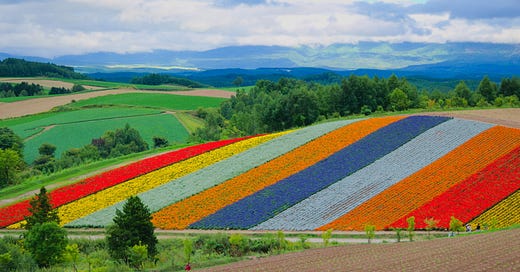



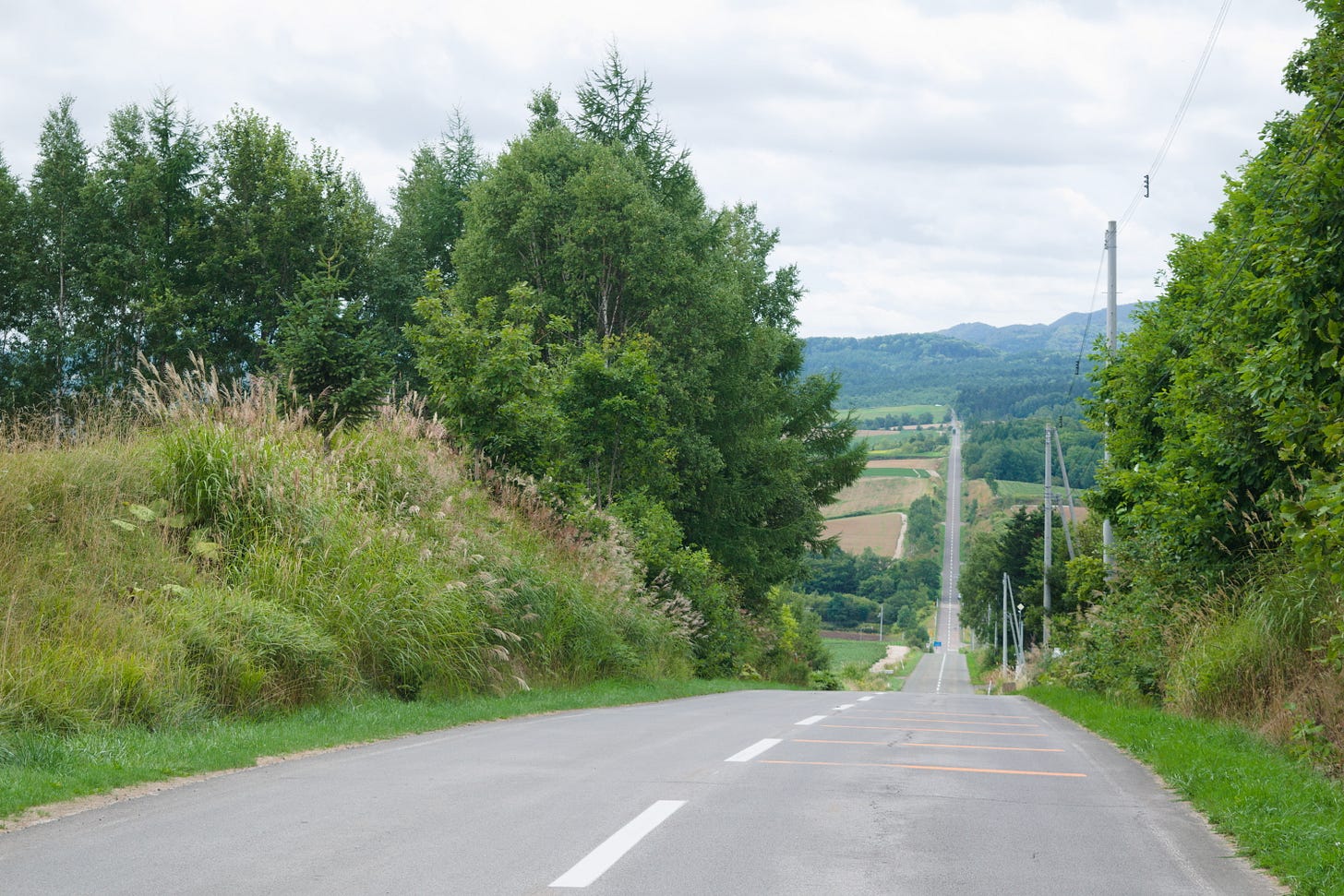
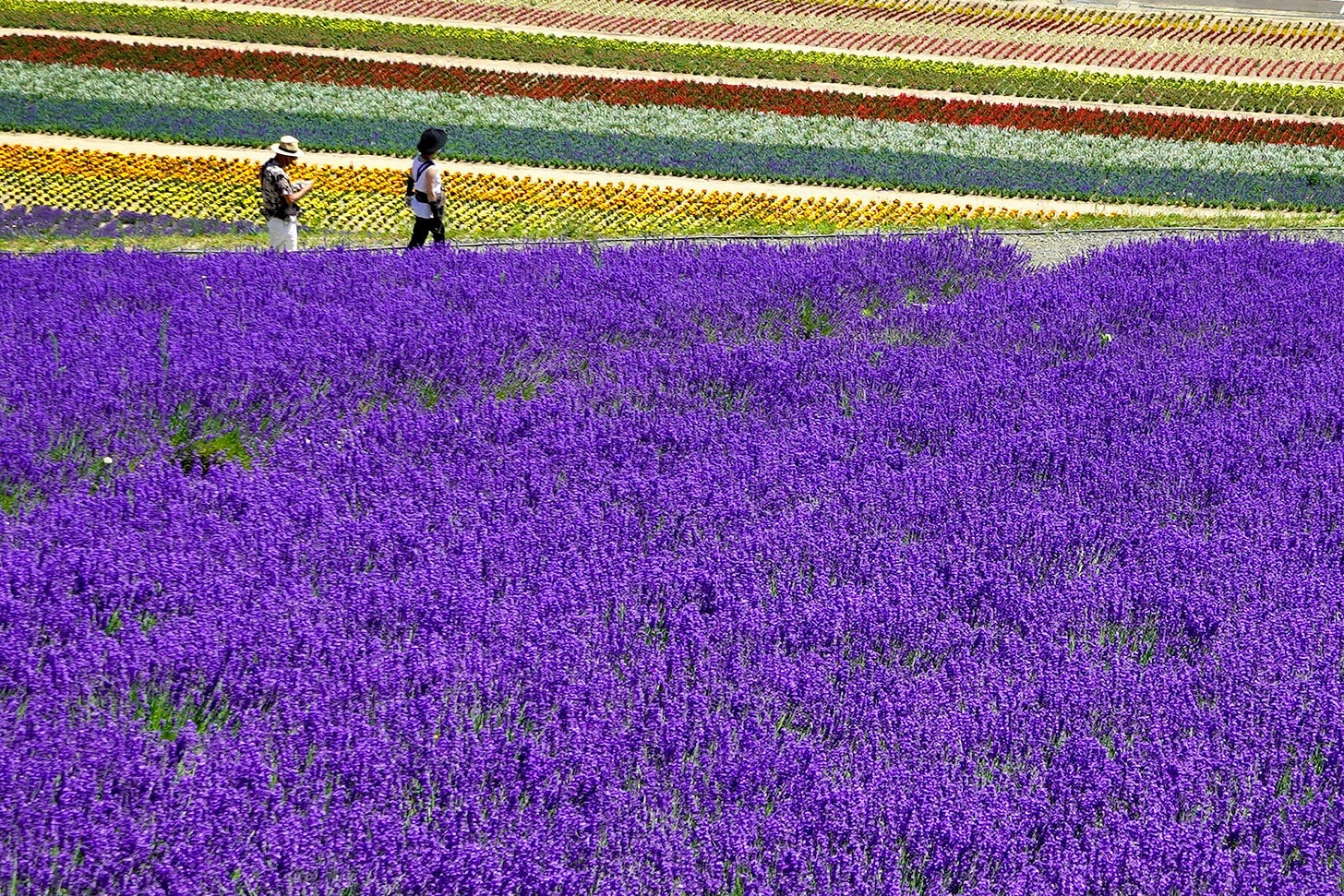
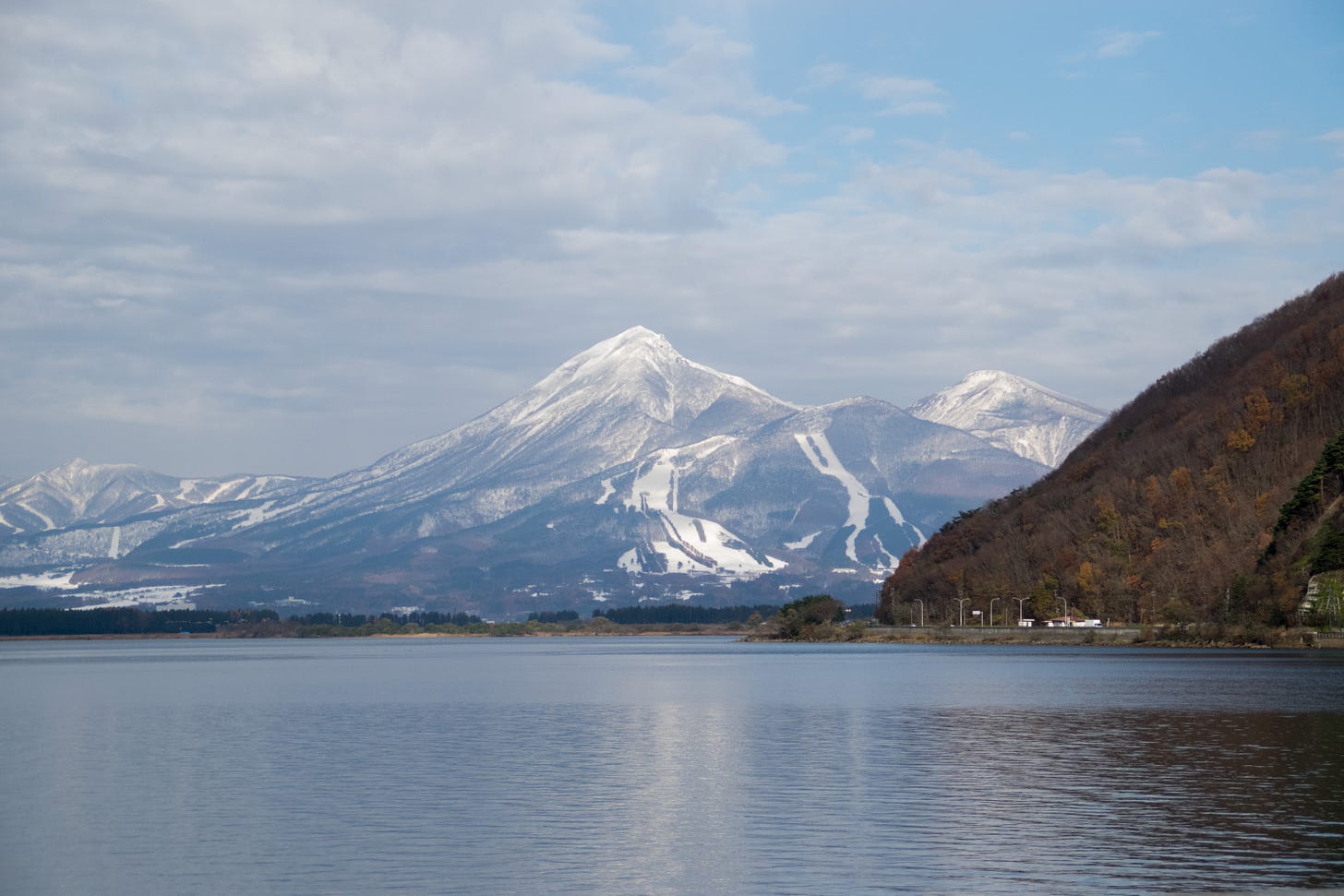
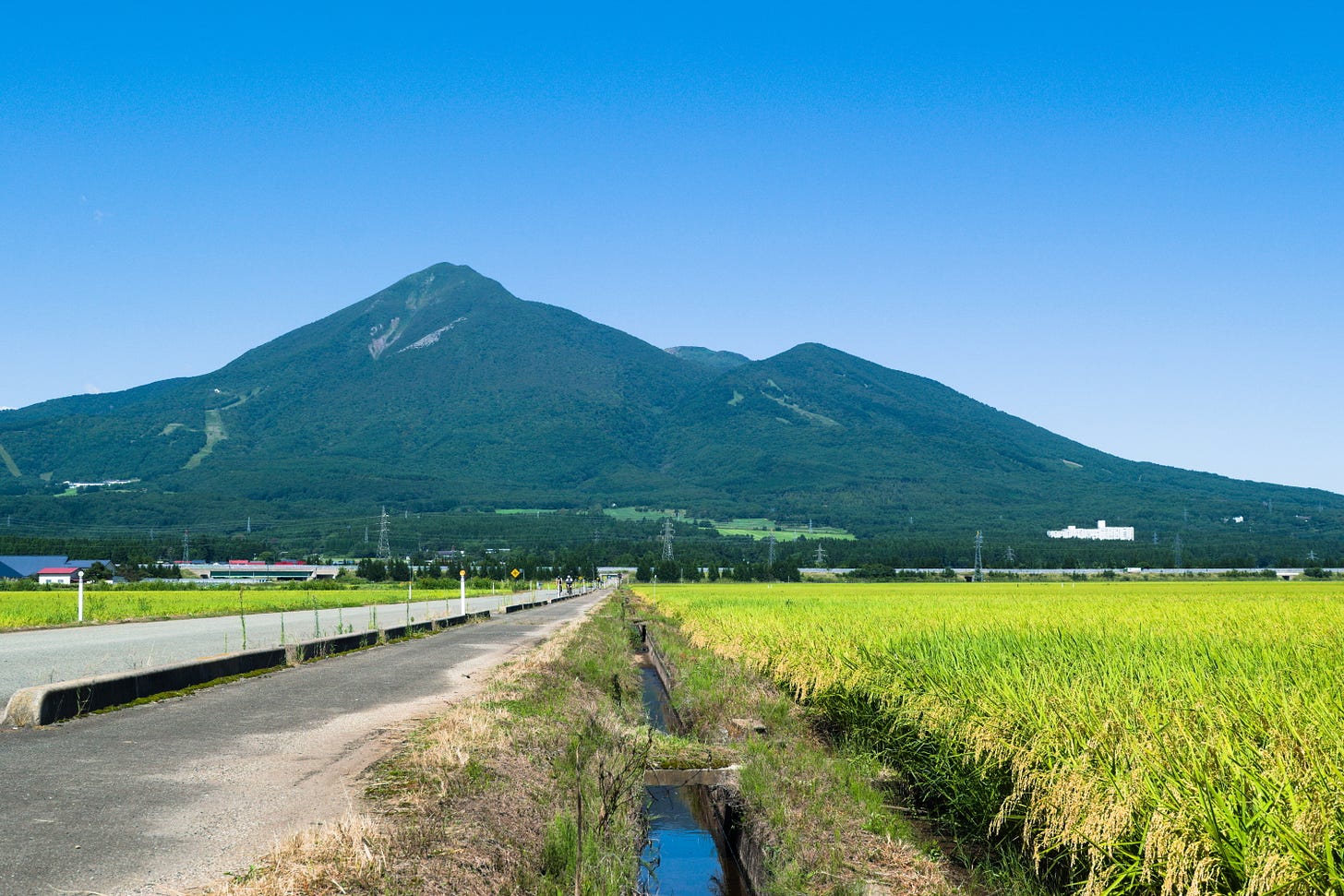

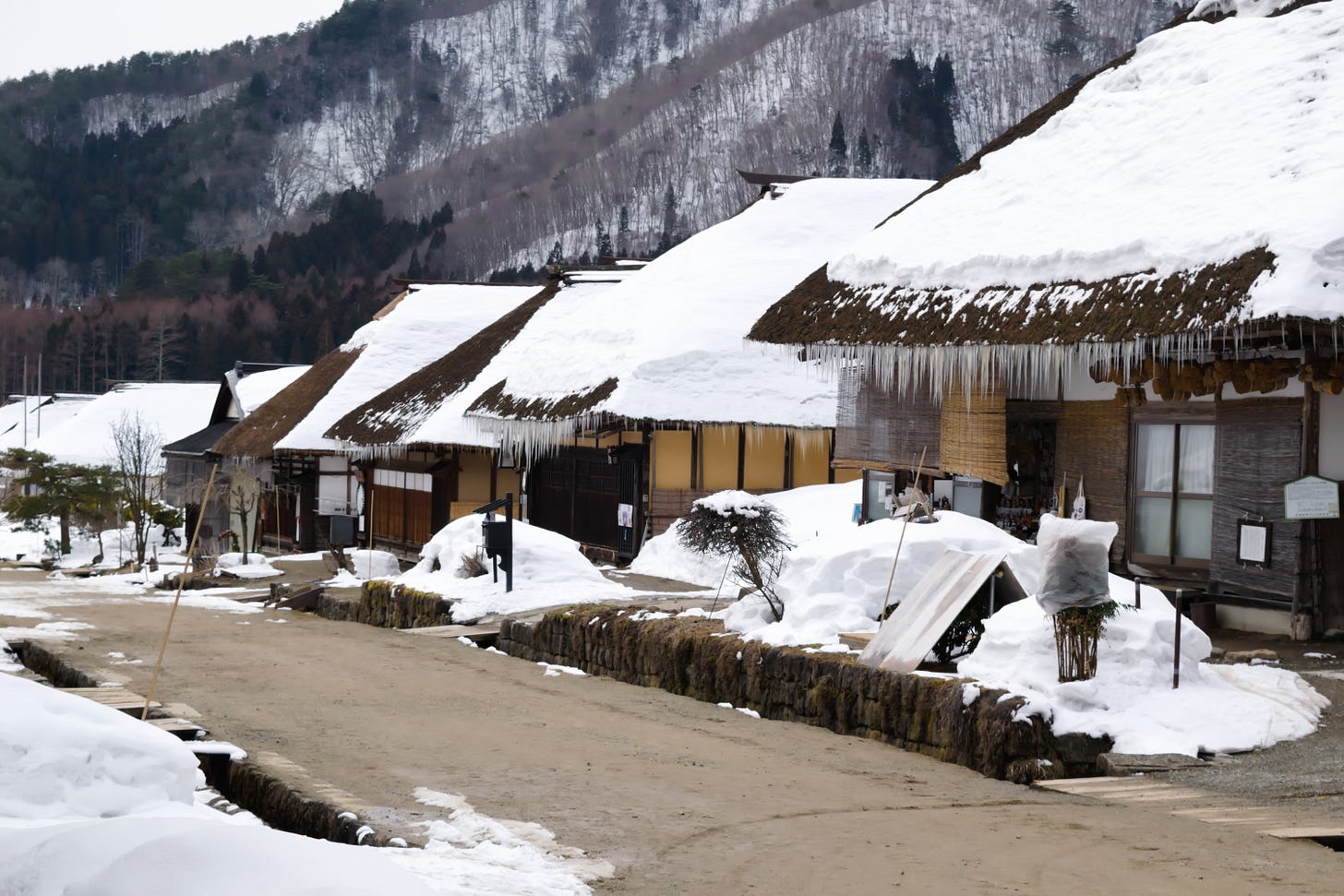

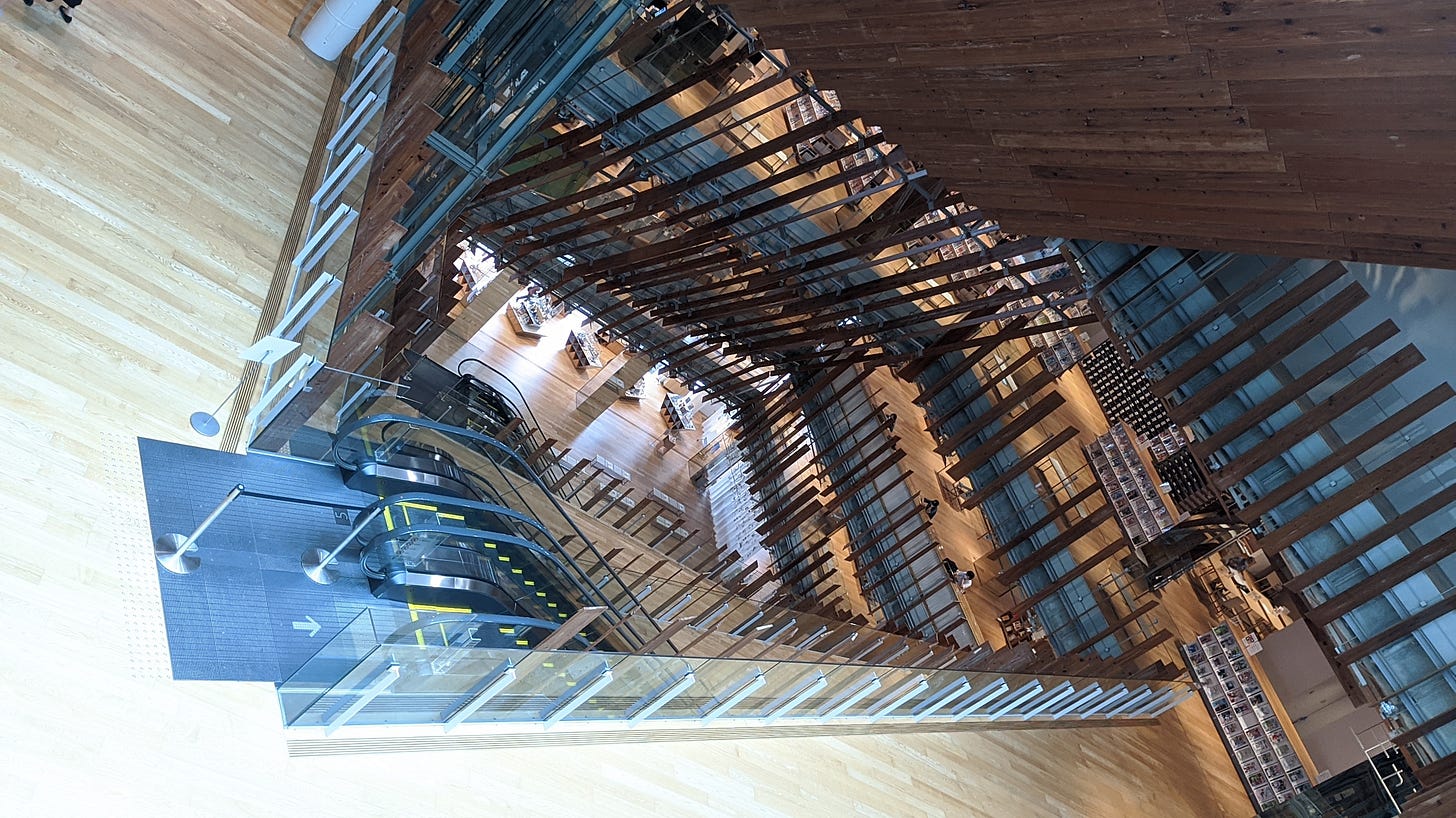
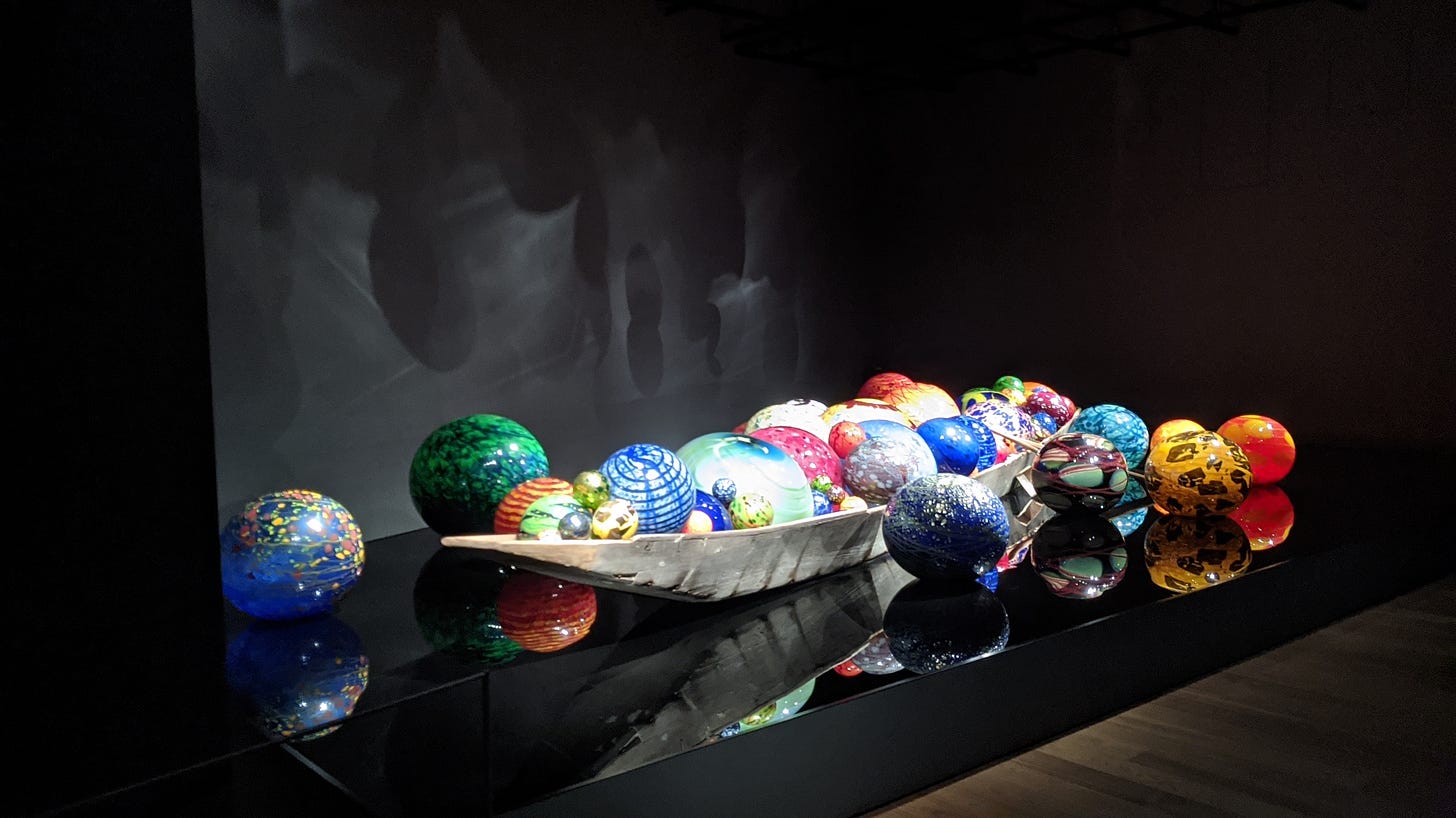
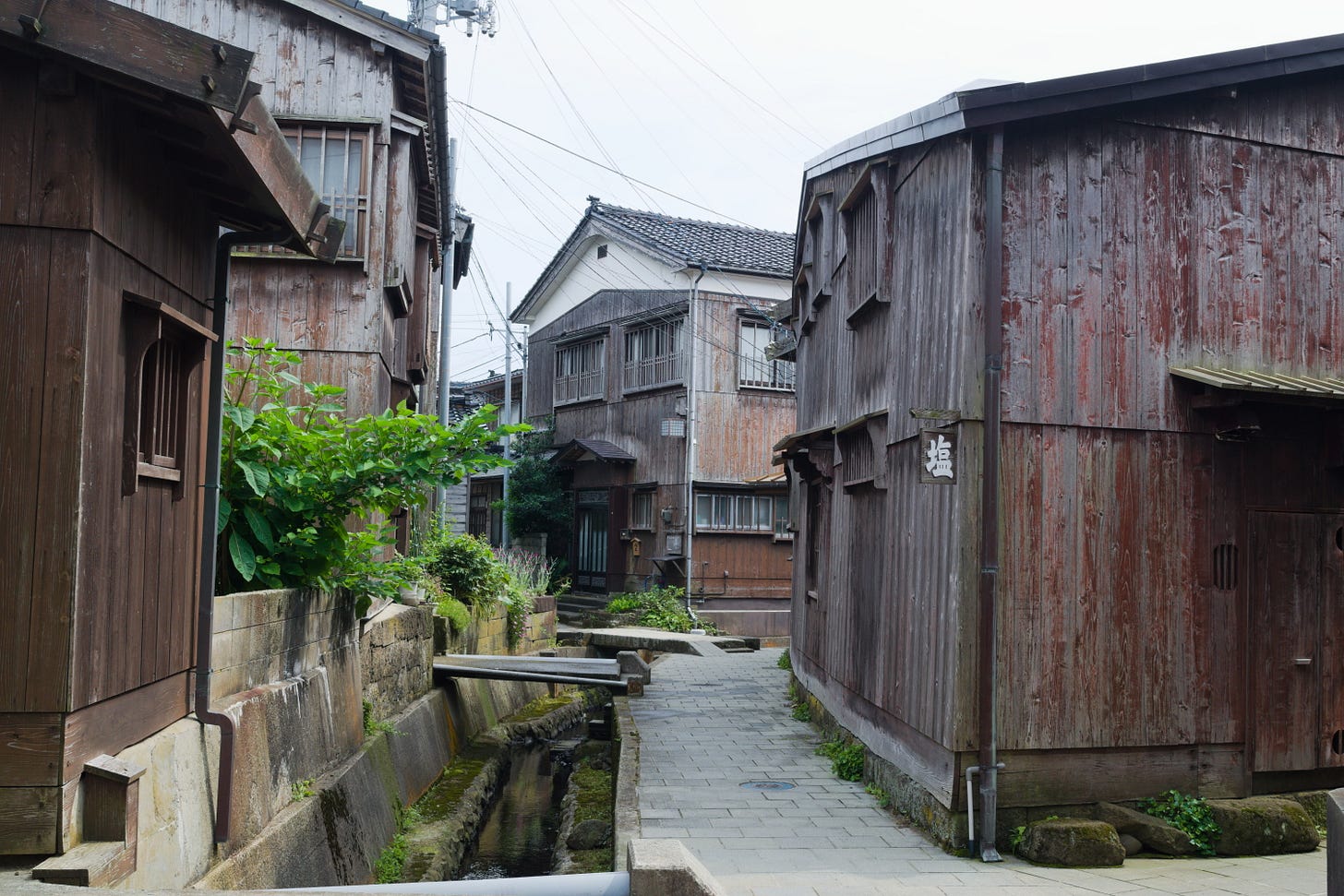
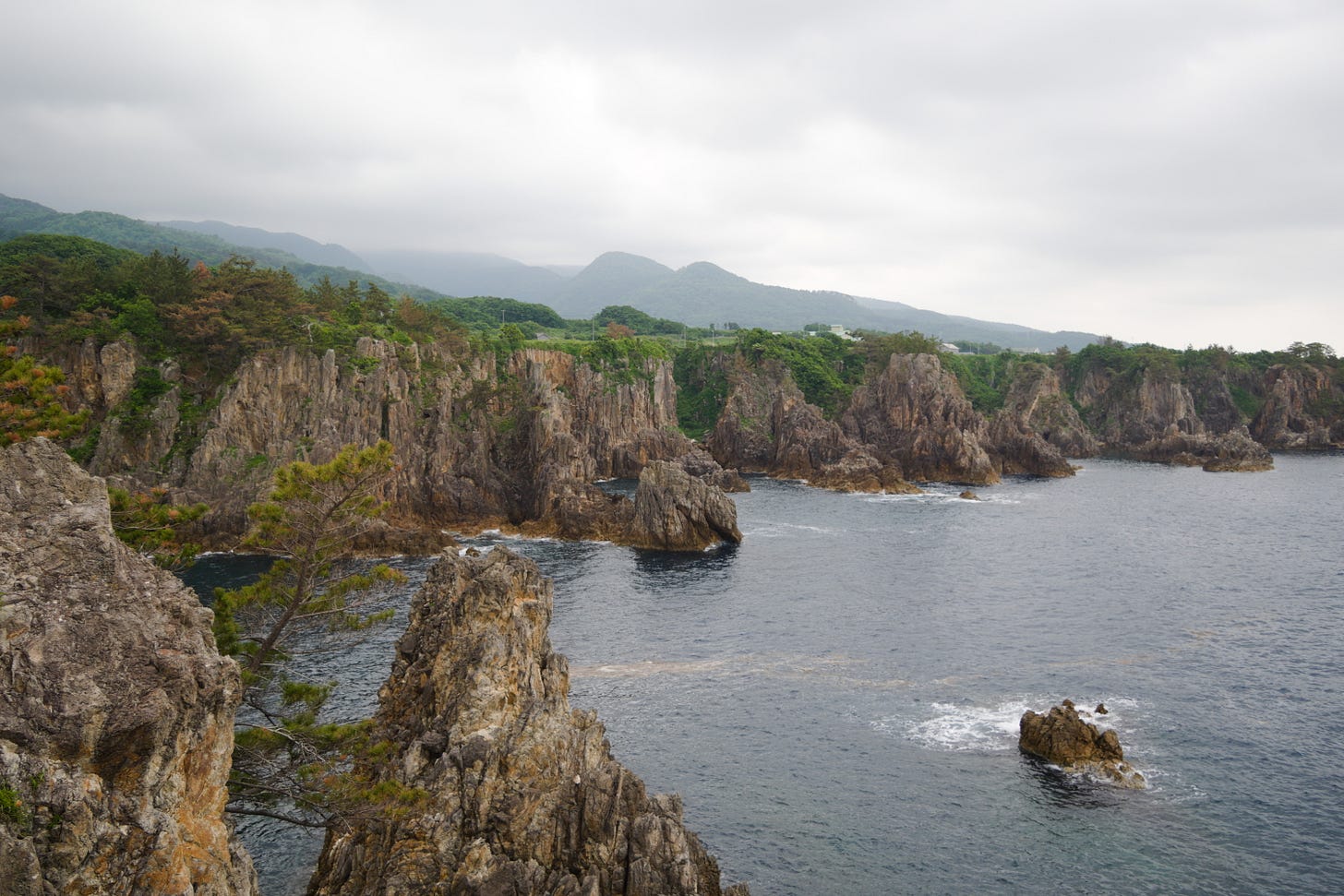
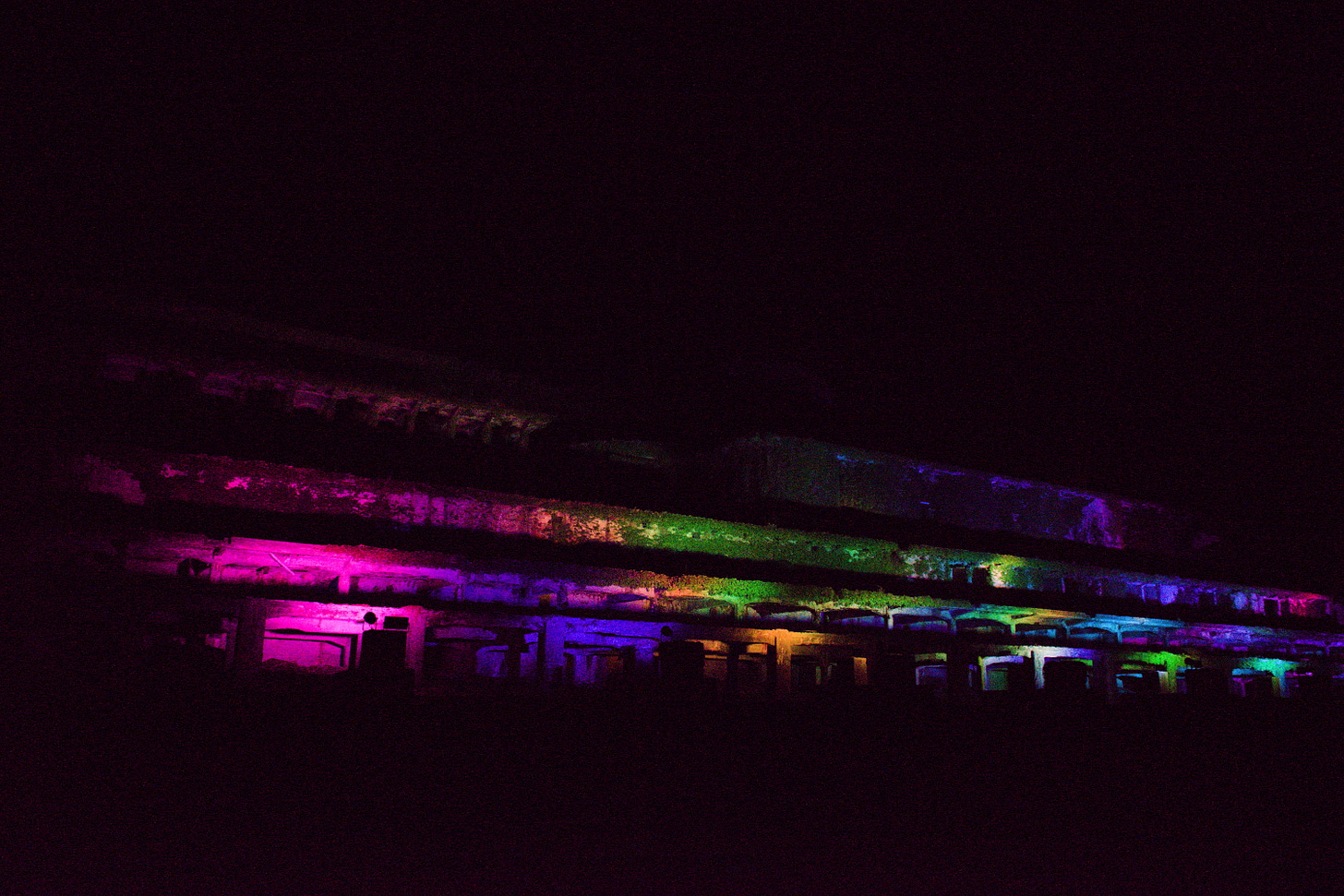
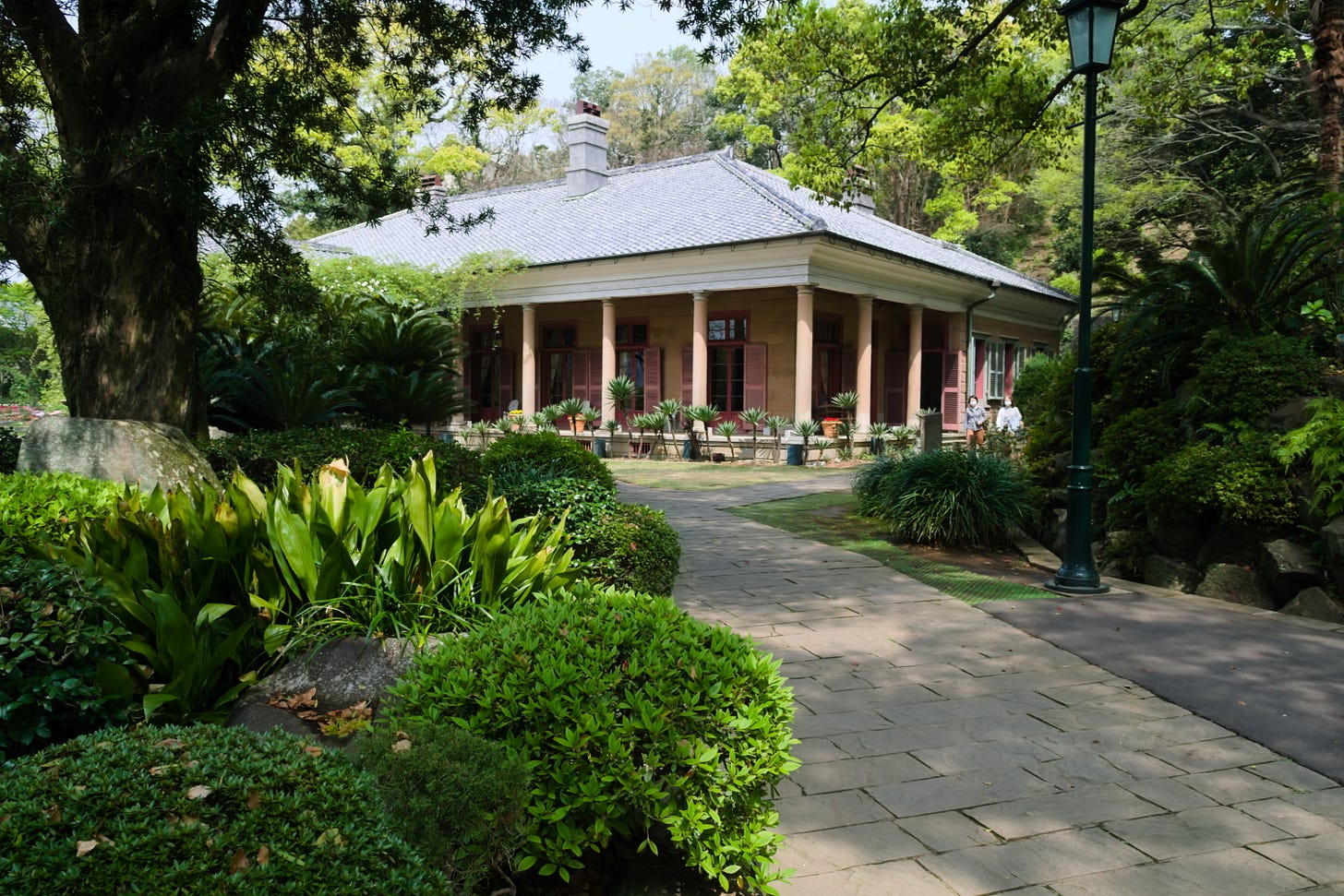
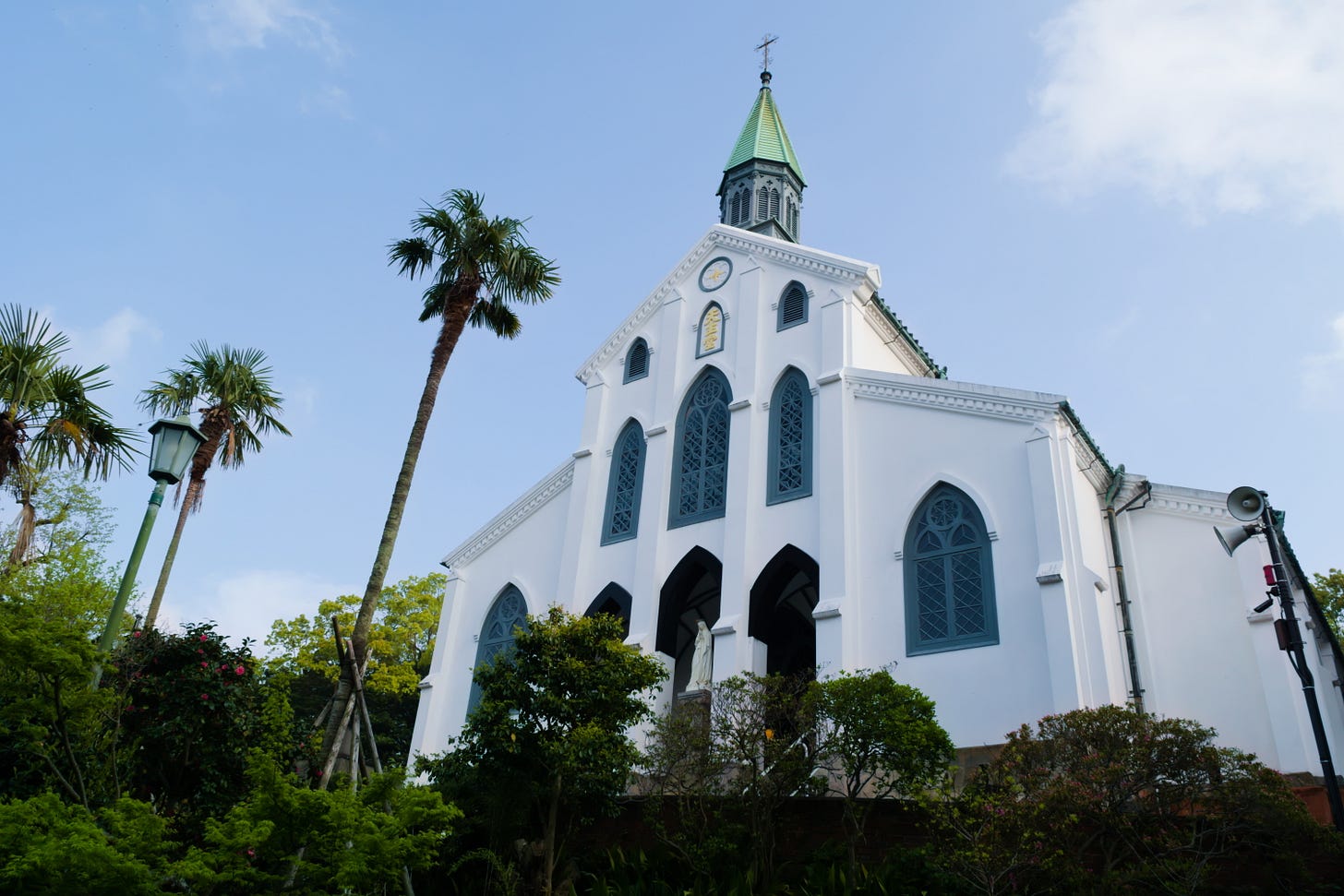
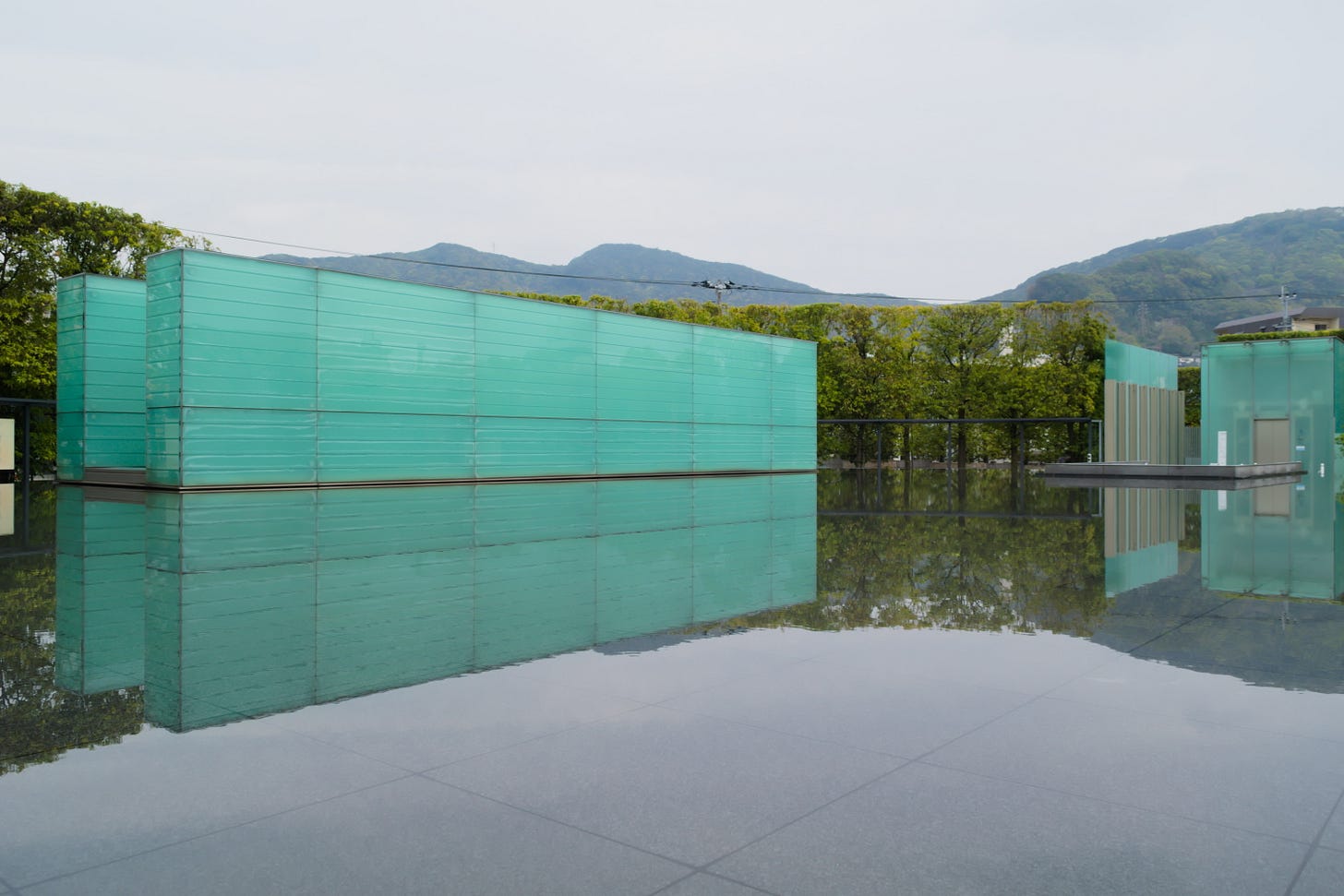
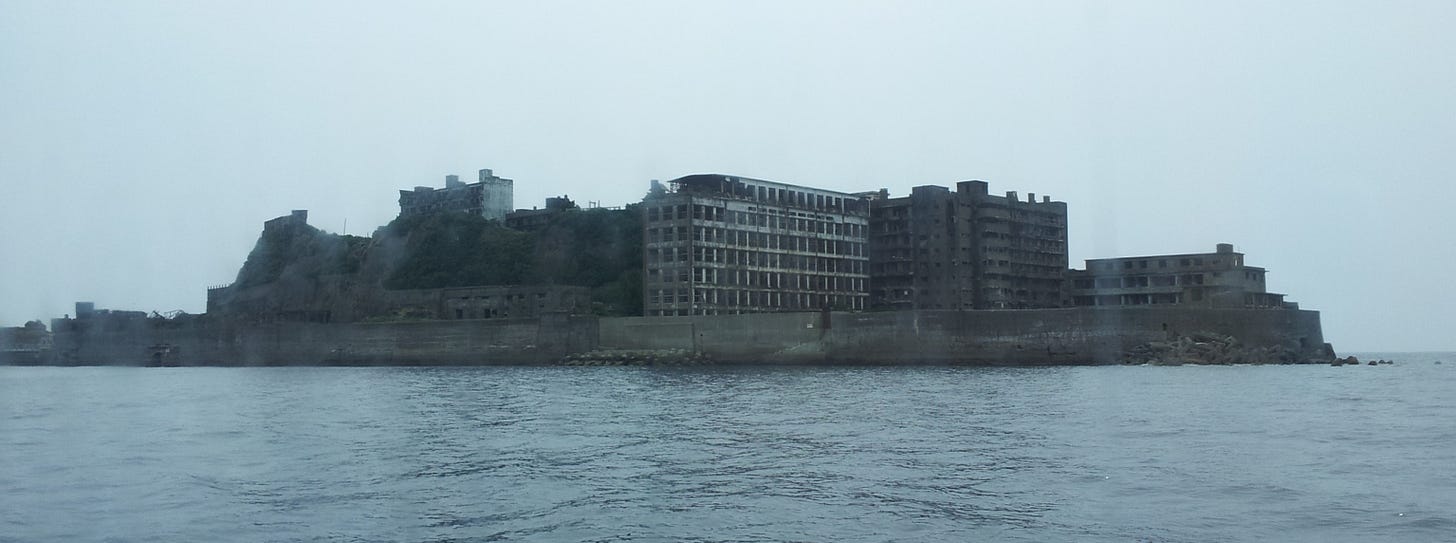
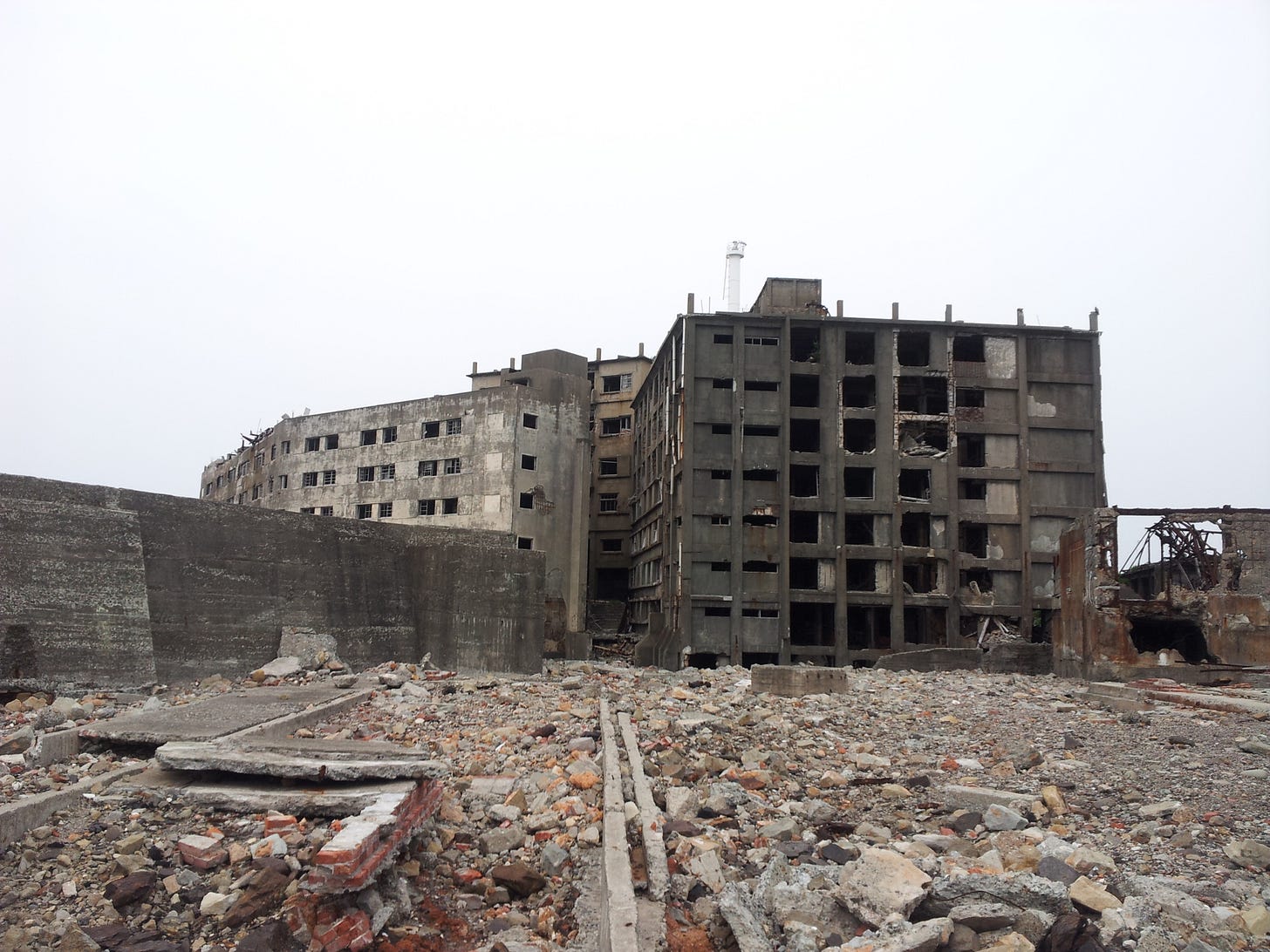
I'm a huge admirer of Japan and the Japanese. I feel fortunate to live in Japan; and yet there is much that frustrates and disappoints. A current frustration is the so-called "over-tourism" so-called problem. Japan is a large country bursting with natural beauty, scenery and stunning coastline as well as a long and fascinating history and an ancient culture; but not many foreign tourists visit anywhere except Tokyo, Kyoto and perhaps Osaka.
Personally, I would pay NOT to visit Tokyo and Osaka; but that's me. The so-called "over-tourism" problem is a failure of management - in particular, sales and marketing. So your effort to highlight hidden gems is exactly what Japan needs to continue expanding much-needed foreign-currency earnings from tourism while reducing the over-crowding in places like Kyoto. The Japanese people are being let down by not having a coherent national, regional and local strategy to share the wealth brought by tourism; and the tourists are being let down by being funnelled into over-crowded tourist traps and selfie spots.
Perhaps the average Japanese would prefer that the foreign tourists just stayed at home; but that would conflict with how precarious the position of the Japanese yen is and how vital foreign-currency earnings are to slowing the decline of the yen's purchasing power.
I enjoyed your post, Andrew. Lake Inawashiro and Aizuwakamatsu brought me back to old memories. When I was small, I visited the Inawashiro area many times because my uncle had a place to stay. This area is full of Japanese culture and has beautiful landscapes. Fukushima Prefecture had a nuclear accident caused by the Great East Japan Earthquake, but the Aizu region was less affected. Thirteen years after the accident, now you can travel the entire prefecture safely.